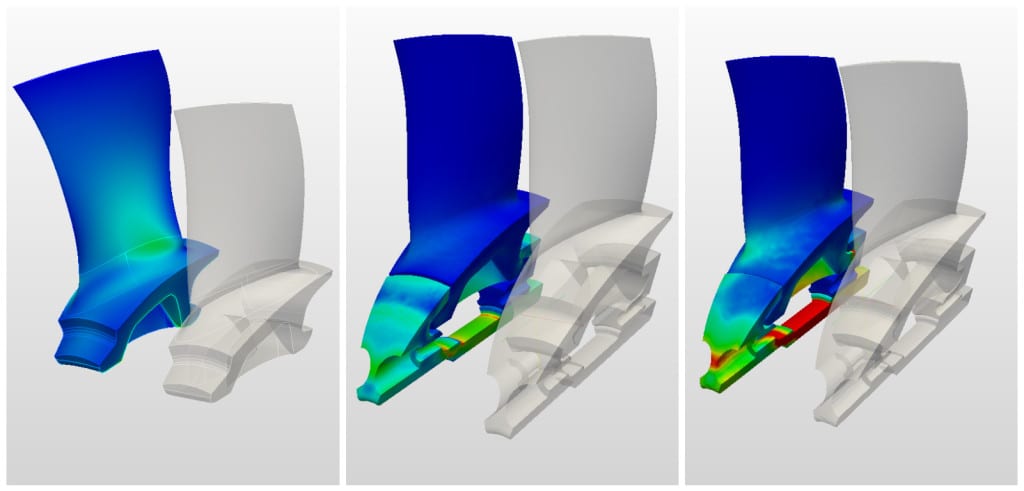
Founded in 1997, Schübeler Composite is a German company that is involved in the development and production of fiber-reinforced plastic parts. In their early years, they focused specifically on carbon-fiber-reinforced-polymer (CFRP) axial fans. Through repetitive testing of their designs, the team has deepened their theoretical and practical knowledge of these systems.
 In 2002, Schübeler Composite opened a new factory in Paderborn, Germany where they now manufacture a wide range of products, including CFRP axial, mixed flow and radial fans, compressors, lightweight components, industrial parts and more.
In 2002, Schübeler Composite opened a new factory in Paderborn, Germany where they now manufacture a wide range of products, including CFRP axial, mixed flow and radial fans, compressors, lightweight components, industrial parts and more.
In 2005, Schübeler Composite entered the very promising market of unmanned aerial vehicles (UAV), which has presented new challenges, especially regarding structural design and optimization.
Sandro Pinent is managing partner together with the company’s founder Daniel Schübeler.
Besides organizational tasks, he is also in charge of numerical calculations (CFD and FEA) and project management.
Challenge
Although obtaining good analytical results from conventional data analysis, Sandro and his team quickly decided to go one step further with numerical analysis.
For finite element analysis, the pair first relied on Code_Aster, but the effort required to understand this complex programme did, in fact, constitute a bottleneck and screamed for other alternatives. Knowing the advantages of the solver itself, Sandro was looking for an easier way to use it. He came across the SimScale platform when reading one of the technical newsletters and decided to test it.
Sandro quickly realized that SimScale makes Code_Aster accessible to every other engineer in the team. The original code is very hard to handle, let alone reading all the documentation in French. So, with the help of the SimScale user interface, Sandro and his colleagues at Schübeler Composite could easily set up a simulation and work efficiently.
Simulation
The first project simulated on the SimScale platform was an analysis of the stress acting on a turbomachinery blade for model airplanes, which can also be used in motorsports or UAV engines.

The goal was to prove that the blades and mounting could withstand the operation conditions, and that the design decisions taken in order to reduce the weight of the elements would not hinder the safety of the equipment.

Using a step-by-step approach, only the blade was initially simulated. Static, linear analysis of the stress response of the blade to high rotation speed was analyzed. Having obtained satisfactory results, Sandro was able to begin investigating the blade assembly.
This stage required the use of non-linear static analysis with physical contacts. Simulations measured stress response and deformation of the system to working conditions of 50,000 rounds per minute in revolution speed.
In order to ensure a quick analysis workflow, the first simulation was performed on a coarse mesh. After proving that the setup was correct, a full-scale analysis on refined mesh was completed.
Results
The nonlinear simulation of the blade assembly on the coarse mesh of 20,000 nodes took 24 minutes to run on a four-core machine. A refined full study was carried out using 95,000 nodes and took 21 minutes on 32 cores. This clearly shows the advantage of having easy access to supercomputer resources.
Results obtained thanks to the simulations have proven that the weight-optimised design is safe and can operate properly under working conditions. Using computer-aided engineering (CAE), Sandro could save the time and money that would have been required to carry out iterative prototype testing of the fan.

“The main advantage for us to use SimScale is to have a fast and simple way to get FEM calculation results. We don’t really need experience with Code_Aster but still get really quick and reliable results. Also, the subscription price is reasonable,’ said Sandro Pinent, managing partner at Schübeler Composite.
If you would like to read more success stories from our customers, just visit this page on the SimScale website.
Don’t have a SimScale account yet? Remember that you can create one for free and have access to all simulation features and private projects with the 14 days trial. Sign up here.
Discover all the simulation features provided by SimScale. Download the document below.



